 There was considerable apprehension in Steve's face as he saw the sign in the car park at Ogmore Castle which was the start of our walk, but the three young lady's we asked all reassured him that high tide had been a few hours earlier - honestly kind sir!!
There was considerable apprehension in Steve's face as he saw the sign in the car park at Ogmore Castle which was the start of our walk, but the three young lady's we asked all reassured him that high tide had been a few hours earlier - honestly kind sir!!Built during the early Norman control of the area, Ogmore Castle, is now an extensive ruin settled along the lush estuary of the River Ewenny. The castle guards a major fording place into southern Wales, and sits on flat land rather than on top of a ridge-crest where nature would have provided extra defense. The Normans made their claim to this area as early as 1116.

Leaving the castle keep our journey started with the only real climb of the day from the B4524 up a sandy dune to emerge on the second tee of Southerdown golf course (clubhouse pictured below), where the vista to the west included Trecco Bay at Porthcawl.

The public footpath crossed the 10th fairway, leading to the open common of Ogmore Down before arriving at the small hamlet of Heol-Y-Mynydd.
 Joining the bridle path on the southern extremes of the settlement a further half mile walk heralds our arrival at the headland west of Dunraven Bay. We precariously walked on the edge of the magnificent cliffs in a strong head wind, before making our descent to the sandy beach below.
Joining the bridle path on the southern extremes of the settlement a further half mile walk heralds our arrival at the headland west of Dunraven Bay. We precariously walked on the edge of the magnificent cliffs in a strong head wind, before making our descent to the sandy beach below. Although really impressive and a geologist's heaven, the coast holds many hidden dangers with cliff falls common. Many of the beaches are tide-traps as the Bristol Channel has the second highest tidal range in the world. The signs on the cliff edge even offer a telphone number for help and assistance!
 The cliffs along most of the Glamorgan Heritage Coast are made up of limestone rock layers separated by softer layers of shale (mudstone). The shale wears away quicker than the limestone leaving it unsupported, often causing it to fall to the beach.
The cliffs along most of the Glamorgan Heritage Coast are made up of limestone rock layers separated by softer layers of shale (mudstone). The shale wears away quicker than the limestone leaving it unsupported, often causing it to fall to the beach.The rocks forming the dominant cliffs of the Glamorgan Heritage Coast were created during a period of the Earth's history called the Liassic, which was part of the early Jurassic times. This was about 180 million years ago. The land that is now the Vale of Glamorgan was formed at the bottom of a warm shallow sea near the equator. Most of these rocks were created by the build up of millions of shells of tiny sea creatures, together with mud brought into the sea by ancient rivers. Eventually hundreds of metres of this sediment became compacted to form limestone.

Sutton stone is the oldest of the Liassic rocks along the coast and can be seen at Southerndown and Ogmore-by-Sea. On the beach at Ogmore are patches of Triassic Breccia, an unusual rock formed from sand compressed with a mixture of other rock fragments.

After a brief refreshment break near the beach we made our way up to the next headland above Trwyn y Witch before stepping inside the Heritage Centre for a nose.

The next stage of our route saw us climb though some woodland into open fields for a mile before we emerged at St Brides Major. Mike spotting some wild primrose growing in a very old water ditch.

A planned detour down Pentwyn Road lead us back to Ogmore Down and across Southerndown golf course back to Ogmore Castle.
While the weather on our route remained dry back in the Pearl of the Valleys at various times of the day it had been snowing; raining heavily; hailing; produced a thunder and lighting electrical storm, in fact the only thing missing was the plague of locusts. Nevertheless, contact with Base Camp back at the Civic Centre was maintained throughout the trek by SMS:
 Expedition Group: "We're on the beach and the sun is shining!"
Expedition Group: "We're on the beach and the sun is shining!"Base Camp: "I think you are being economic with the facts"
Expedition Group: "We have the photographic evidence to prove it"
Base Camp: "It is wazzing down here and you are all strangers to the truth"
We spotted an adder in the undergrowth next to a path on the way down the dune to the car park, while during the walk we also saw dippers, blue tits, doves and a buzzard.
The Pelican Inn looked closed so we took refreshments at the Watermill, relaxing in the leather sofa's for an hour or so before heading back home into the driving rain down the M4 after a splendid days walk!!
This walk was 10kl (6 miles) with a link to a map of the route here.






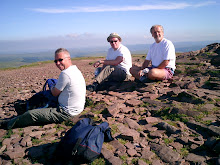


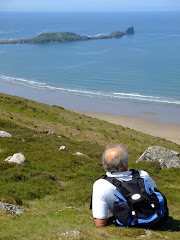


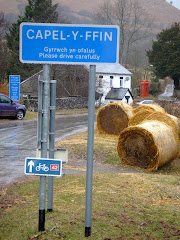
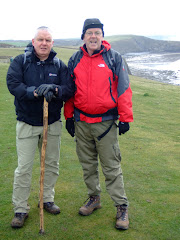


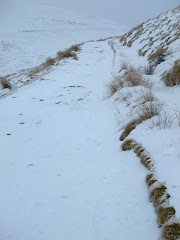


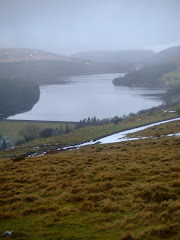





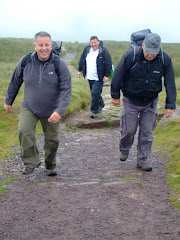








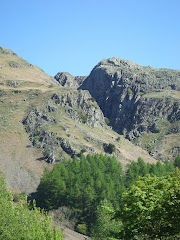
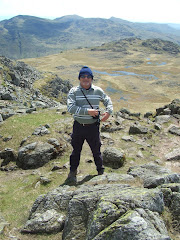
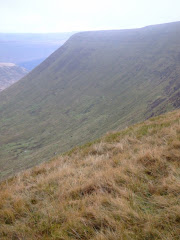

No comments:
Post a Comment